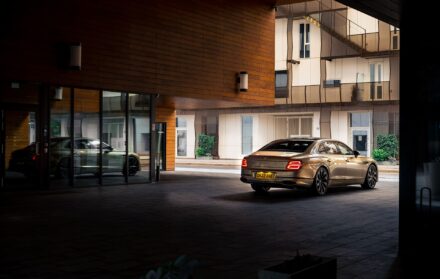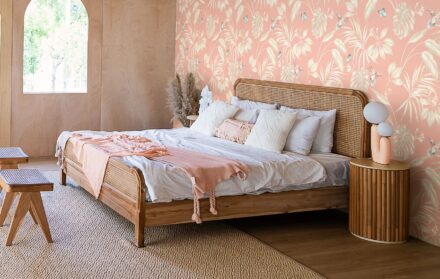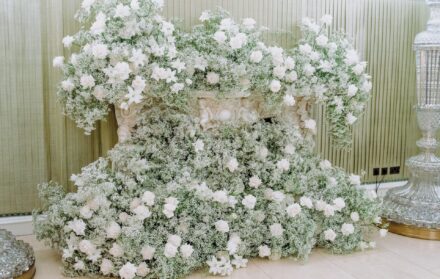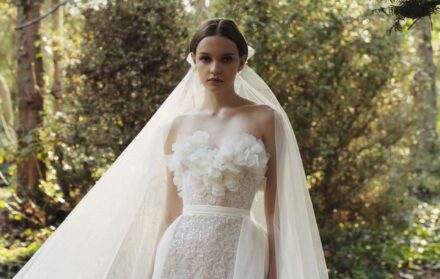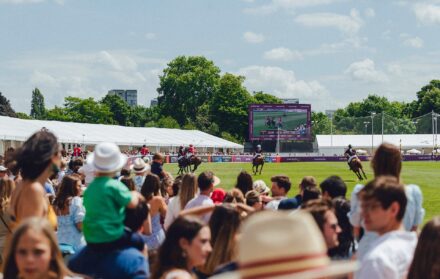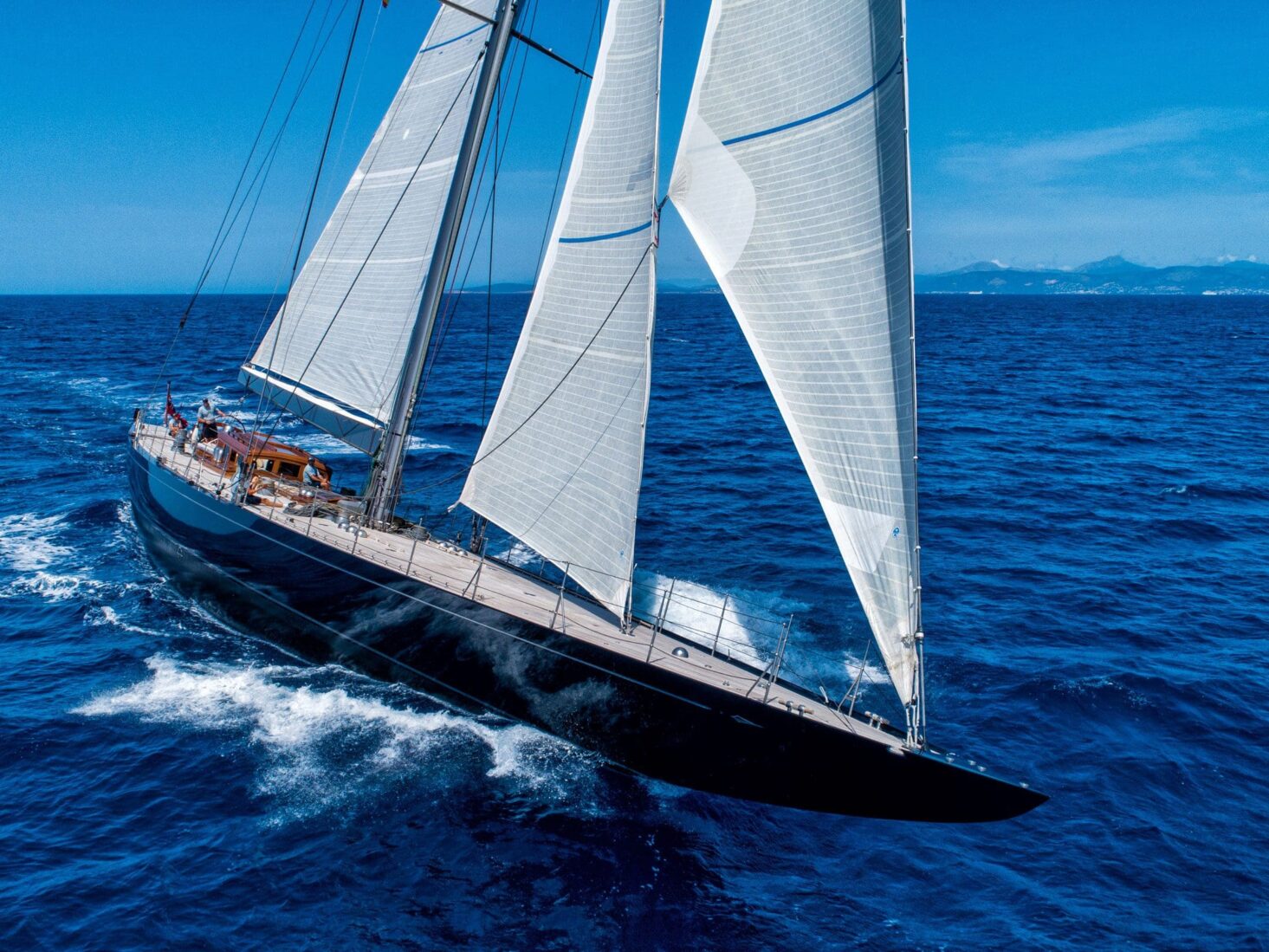
J Class Rainbow: On board the world’s first superyacht
As one of only nine J Class superyachts in existence finds a new owner, Luxury London took the legendary America's Cup racer for a test sail
Forget oligarch-owned cruisers with helipads and jet skis, the J Class was the original ‘super’ yacht; a titan of the sea that exists today as a throwback to the golden age of sailing – a time when the cut of your jib was as important as crossing the finishing line first.
J Class boats are considered racing royalty in the yachting world and dominated the America’s Cup during the 1930s. With massive masts and a crew of 30 or more, beautiful vessels like Endeavour II, Shamrock V and Ranger elevated the oldest competition in international sport to new heights. Owned by billionaire enthusiasts from some of America’s wealthiest families, J boats famously pushed the boundaries of racing technology. Using new materials and innovative design techniques, they were the Formula 1 racing cars of their era.
Remarkably, many of these steel-hulled leviathans were scrapped just a few years later to provide materials for the American war effort. Just three survived, but a second generation of faithful reproductions has now helped to bolster the J fleet to nine yachts. Among them is Rainbow, launched in 2012 by Dutch shipbuilder Holland Jachtbouw and based on the J Class America’s Cup winner of 1934. Rainbow was built to strict J Class Association performance rules that date back decades. Underneath that 40-metre aluminium hull, however, is a series of modern upgrades.
The modern Rainbow is the first J Class to feature carbon rigging and an innovative, hybrid propulsion and power system, not dissimilar to a hybrid car. The design not only reduces emissions but provides exceptionally quiet cruising, without the usual waft of diesel fumes. She can also be sailed entirely on lithium-ion batteries, with a lightweight 50kW variable speed generator combining with the 50kW main diesel engine generator to provide power. The batteries are charged as the boat sails under wind.
Now 10 years old, Rainbow has just been sold, priced at €6.95 million (approx. £5.9m) by her American owner. She’s also available for weekly charter for around €55,000, for those who wished to to try before you buy. Earlier this summer, Luxury London was invited to Mallorca to discover what makes J boats so sought-after, and why, quite frankly, €6.9 million seems like something of a bargain.
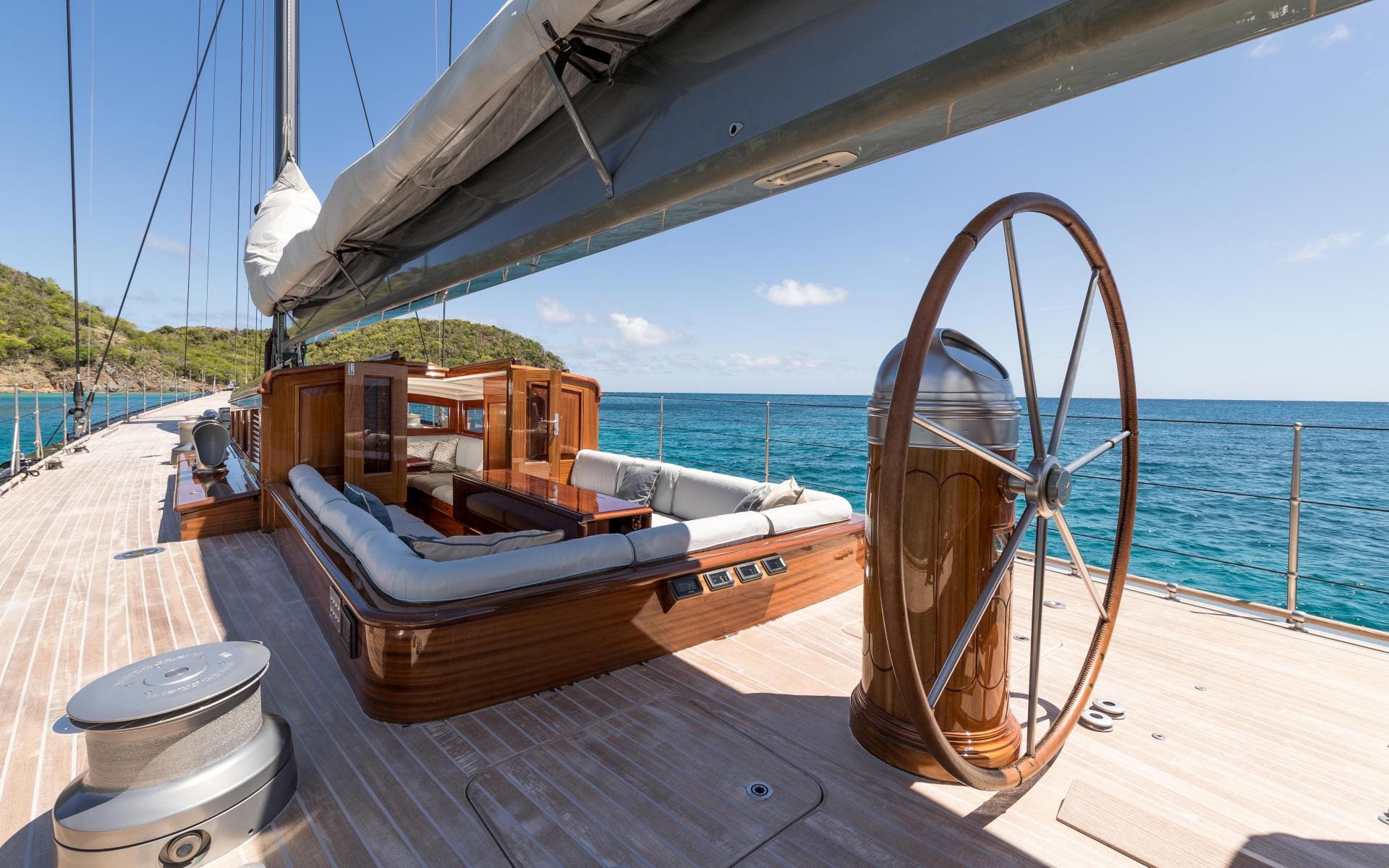
The marina at Palma was packed with expensive vessels of all shapes and sizes, but it was easy to find Rainbow. A J Class yacht is the seafaring equivalent of a classic Ferrari. Despite which other machines may be parked nearby, all heads will be turned towards it. You could feel the envy seeping from almost every other porthole. Owning a J Class is joining the world’s most exclusive sailing club. “I’ve sailed all my life, but this is the first boat that requires the crew to actually think about their sailing,” explains skipper, Mathew Sweetman. “There isn’t a control panel with a rash of buttons to work the sails – the foresails are huge and manually operated. There’s no room for error.”
When the chance to join the Rainbow crew arose, Sweetman didn’t think twice: “It is an enthusiast’s dream, designed to race but luxuriously comfortable for guests. I find it exhilarating to feel the surge of power when the sails fill, the dramatic tilt of the yacht when she is under full power. Rainbow is the perfect boat for competitive racing and cruising. She turns heads wherever we go.”
Like the exterior, the living accommodation is classically chic. Masses of mahogany panelling fill the cabin spaces, which include a formal dining area for six people and a large lounging sofa that’s bigger than a double bed. Rainbow’s aft master cabin is fully equipped with an even bigger queen-sized bed, shower and bathroom, plus acres of storage space. Black and white photographs of the original Rainbow being launched in 1930 adorn the walls. The only sound is the hum of the air conditioning.
The two guest cabins are relatively small, both containing a pair of single beds, but even the sinks are cut from marble. A seven-strong crew – including the chef and stewardess – have to be experienced sailors to help out on deck when under sail. Even their roomy accommodation is upmarket compared to most modern yachts.
The interior may be a work of craftsmanship but it’s upstairs where Rainbow really sparkles. A vast expanse of teak decking stretches from bow to aft; even the winches and deck equipment have been bead-blasted to avoid the shiny stainless steel seen on most modern yachts. The attention to detail extends all the way to the caulking between the teak planks – light grey instead of conventional white.
As we sail away from Palma, past the city’s great Gothic cathedral and watching holidaymakers, Rainbow’s slim hull starts to keel over in the breeze. It’s a thrilling experience as ropes and mast gently creak under the strain of 20 knots of wind. Stood at the helm, Rainbow feels comfortable at 13 knots. That’s less than 15mph, but I doubt I’ll ever experience this much pleasure travelling at this speed again. “It’s a yacht you never tire of sailing,” says Sweetman. “When you’re heading upwind in a decent blow, it’s easy to imagine being at the helm of an America’s Cup boat all those years ago. There’s spray, drama and excitement – Rainbow is simply the ultimate yacht. There really is never a dull moment.”
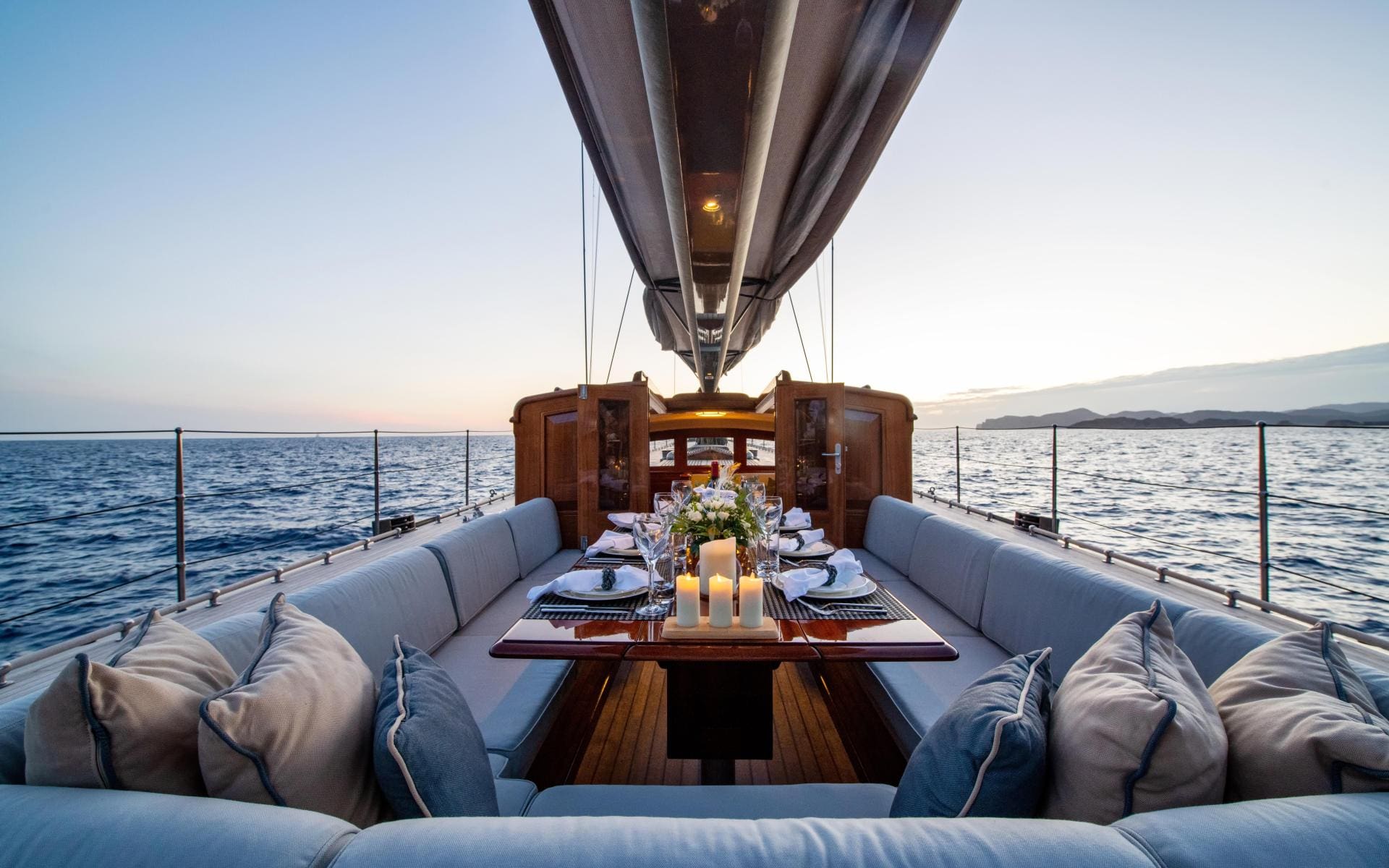
The Original Rainbow
The first Rainbow J Class was launched in 1930 after just 100 days of construction at the Herreshoff boatyard in New England. She was commissioned by Harold Vanderbilt, the American railway executive with a competitive streak, and was said to have cost $400,000 (or $24 million today). A champion bridge player, Harold was the great-grandson of railroad and shipping tycoon, Cornelius Vanderbilt. Vanderbilt is said to have chosen the name Rainbow as an expression of his hope that America would soon come out of the Great Depression.
Designed by William Starling Burgess, Rainbow was an immediate success on the water, with a hull cut from bronze plates (that didn’t require painting) on an iron frame. Unlike the current Rainbow, there were few comforts down below – the boat was effectively an empty hull to cut down on racing weight. At the 1934 America’s Cup, Rainbow successfully saw off the British challenge from aviator Sir Thomas Sopwith’s Endeavour by four races to two. However, with war in Europe looming, the 1937 America’s Cup was the last for 21 years and Rainbow, almost inevitably, was scrapped to aid the war effort.
The Stats
Builder: Holland Jachtbouw
Built: 2012
Length: 39.95 metres
Beam: 6.47 metres
Draft: 4.90 metres
Guests: Up to 8
Hull: Aluminium




